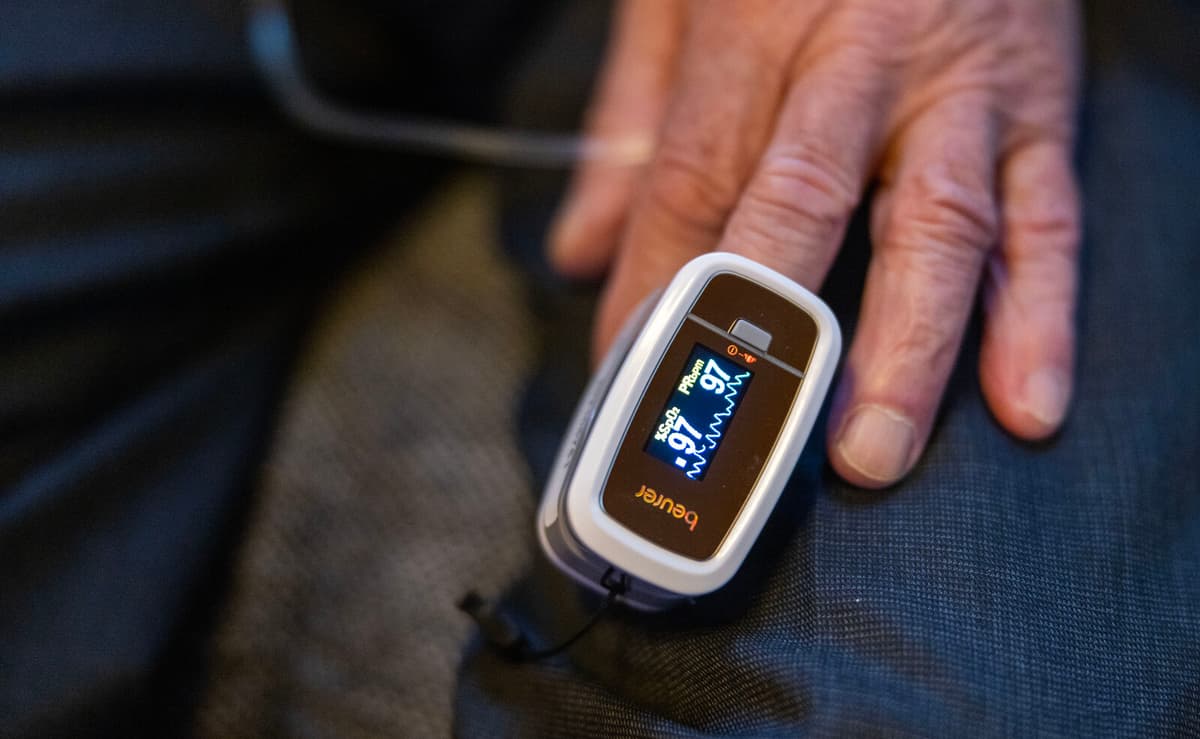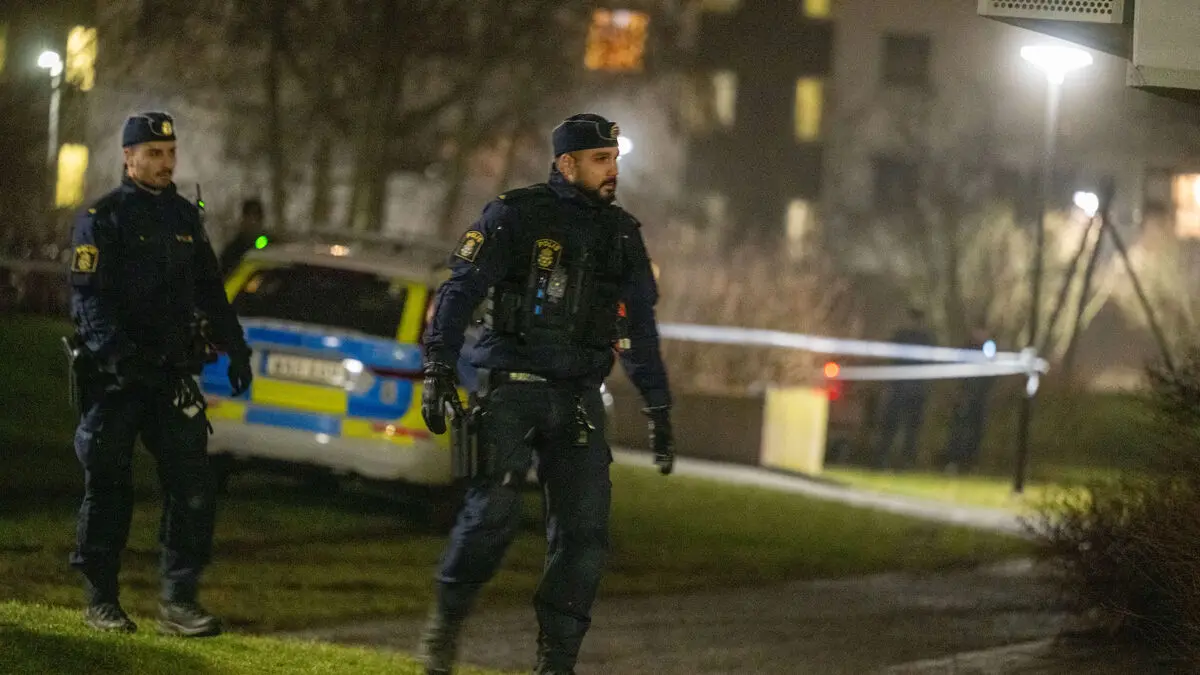From 2014, the supply of so-called welfare technology in the municipalities increased, but 2021, the development slowed down – a trend that has persisted since then. The larger municipalities are further ahead than the smaller ones.
One area where you see a clear rise is the automation of applications for economic assistance, where over half of the municipalities have moved to digital handling.
Digital support for staff, such as documentation on mobile phones and digital medicine cabinets, is increasing. But the follow-up of how the technology works differs greatly between the municipalities.
"The supply of and access to welfare technology is also unequal – both between and within municipalities. In elderly care, you have generally come further," says Sundiata Owens, investigator at the National Board of Health and Welfare, in a press release.
Some technologies lack users entirely, despite the municipalities offering them. For example, no digital surveillance with cameras is used in almost half of the municipalities offer this technology.





